Emrah Güler
On the anniversary of her death, we remember the dame of crime fiction, Agatha Christie, from the banks of the Golden Horn, by exploring the greatest mystery of her life: Her disappearance and how it links to the historic hotel of Pera Palace
The dame of crime fiction Agatha Christie died on this day in 1976, leaving behind dozens of mysterious deaths over the course of 66 novels and 14 collections of short stories. Her body of work has sold around 2 billion copies across the world, making her the third most widely-published author - after William Shakespeare (and God, with the Bible). Both her most popular characters, such as the mustachioed Belgian detective Hercule Poirot and the elderly consulting detective Miss Marple, and her lesser-known ones, such as Mr. Satterthwaite, continue to inspire and awe aficionados of a good old crime story.
Today, we salutes Dame Christie from Istanbul, a place dear to the late author and linked to the most mysterious incident in Christie’s 85-year life. On Dec. 14, 1926, the author disappeared, prompting an extraordinary search mission that ended when she was found 11 days later, confused and amnesic. She never talked about those 11 days, even in the autobiography that she wrote 40 years later.
Even though the whole incident took place in England, the mystery of Christie’s disappearance was tied to one of her favorite places, the Pera Palace Hotel in Istanbul, more than half-a-century later. Let’s rewind to the day when Christie disappeared. Depressed after her mother’s recent death and her husband Archibald Christie’s infidelity, Christie left her house Sunningdale, Berkshire, in the evening. The next day, her car was found abandoned, close to the hotel where her husband was staying with his mistress.
When the newspapers got hold of the story, the grand rescue mission began, with 15,000 volunteers joining the search in the surrounding area. The phone of Christie’s husband was tapped after his affair surfaced, and eventually Christie was located in a hotel in Harrogate, Yorkshire, apparently unable to remember the previous 11 days. Although two doctors confirmed her amnesia, many thought the disappearance to be a stunt, most probably a ploy to embarrass her husband. This is a theory with many devoted followers, grounded by the fact that Christie had checked into the hotel with the surname of her husband’s mistress.
Room 411 and the mysterious key
Now for the role of the Pera Palace Hotel in all of this. In 1979, director Michael Apted wanted to reimagine the mysterious disappearance in a feature film “Agatha,” starring Vanessa Redgrave as the author and Dustin Hoffman as a reporter. As little was known about the 11 days, Apted decided to get the direct account from Agatha Christie herself - or rather through her ghost, with the help of Hollywood-based medium and clairvoyant Tamara Rand. Rand would later claim further fame with her prediction of an attempt to assassinate U.S. President Ronald Reagan.
The studio thought it would be best to conduct a séance in one of Christie’s favorite places, the Pera Palace - through a satellite connection and with the help of the hotel management. The Pera Palace was founded in 1892 to accommodate the passengers of the Orient Express, which traveled from London and Paris to Istanbul, with the luxury to which they were accustomed.
Agatha Christie was among the hotel’s most famous customers, which also included Edward VIII, Mustafa Kemal Atatürk, Greta Garbo, Alfred Hitchcock, and Josephine Baker. The hotel was where Christie wrote her famous 1934 novel “Murder on the Orient Express.”
When Rand started her séance, she saw Christie enter Room 411 and hide a key in a secret diary beneath the floorboards. Rand’s vision turned out to be authentic, as a key was found right where she had seen it.
Ultimately, the brouhaha that made headlines across the world didn’t help anyone. Warner Bros. ended up not paying the $2 million demanded by the hotel director, and the key continues to lie in a bank vault under the possession of the hotel. Eventually, the film went for a plot that saw Christie planning her suicide and framing her husband’s mistress - a story that angered Christie’s heirs.
Today, we remember the Queen of Mystery from the banks of the Golden Horn, which continues to surround a city of mystery.
Now for the role of the Pera Palace Hotel in all of this. In 1979, director Michael Apted wanted to reimagine the mysterious disappearance in a feature film “Agatha,” starring Vanessa Redgrave as the author and Dustin Hoffman as a reporter. As little was known about the 11 days, Apted decided to get the direct account from Agatha Christie herself - or rather through her ghost, with the help of Hollywood-based medium and clairvoyant Tamara Rand. Rand would later claim further fame with her prediction of an attempt to assassinate U.S. President Ronald Reagan.
The studio thought it would be best to conduct a séance in one of Christie’s favorite places, the Pera Palace - through a satellite connection and with the help of the hotel management. The Pera Palace was founded in 1892 to accommodate the passengers of the Orient Express, which traveled from London and Paris to Istanbul, with the luxury to which they were accustomed.
Agatha Christie was among the hotel’s most famous customers, which also included Edward VIII, Mustafa Kemal Atatürk, Greta Garbo, Alfred Hitchcock, and Josephine Baker. The hotel was where Christie wrote her famous 1934 novel “Murder on the Orient Express.”
When Rand started her séance, she saw Christie enter Room 411 and hide a key in a secret diary beneath the floorboards. Rand’s vision turned out to be authentic, as a key was found right where she had seen it.
Ultimately, the brouhaha that made headlines across the world didn’t help anyone. Warner Bros. ended up not paying the $2 million demanded by the hotel director, and the key continues to lie in a bank vault under the possession of the hotel. Eventually, the film went for a plot that saw Christie planning her suicide and framing her husband’s mistress - a story that angered Christie’s heirs.
Today, we remember the Queen of Mystery from the banks of the Golden Horn, which continues to surround a city of mystery.
Agatha Christie trivia
• “And Then There Were None” is Agatha Christie’s best-selling novel, with 100 million sales to date.
• Her stage play “The Mousetrap” holds the record for the longest run, with more than 25,000 performances since its initial run in London in 1952.
• She was a fan of Sir Arthur Conan Doyle’s early “Sherlock Holmes” stories.
• She was investigated during World War II by the British intelligence agency MI5, on suspicion of being a spy after her 1941 novel “N or M?”
• Her most famous character, Hercule Poirot, was first introduced in the 1920 novel “The Mysterious Affair at Styles.”
• Poirot is the only fictional character to have been given an obituary in The New York Times, on Aug. 6, 1975, after the publication of “Curtain.”
• Most of her work has been adapted to television, radio, comics, video games and more than 30 feature films.
• Her second husband, Max Mallowan, was an archaeologist, and her travels with him to excavations inspired many of her most popular novels, including “Murder in Mesopotamia” (1936) and “Death on the Nile” (1937).


































0 comentaris:
Publica un comentari a l'entrada